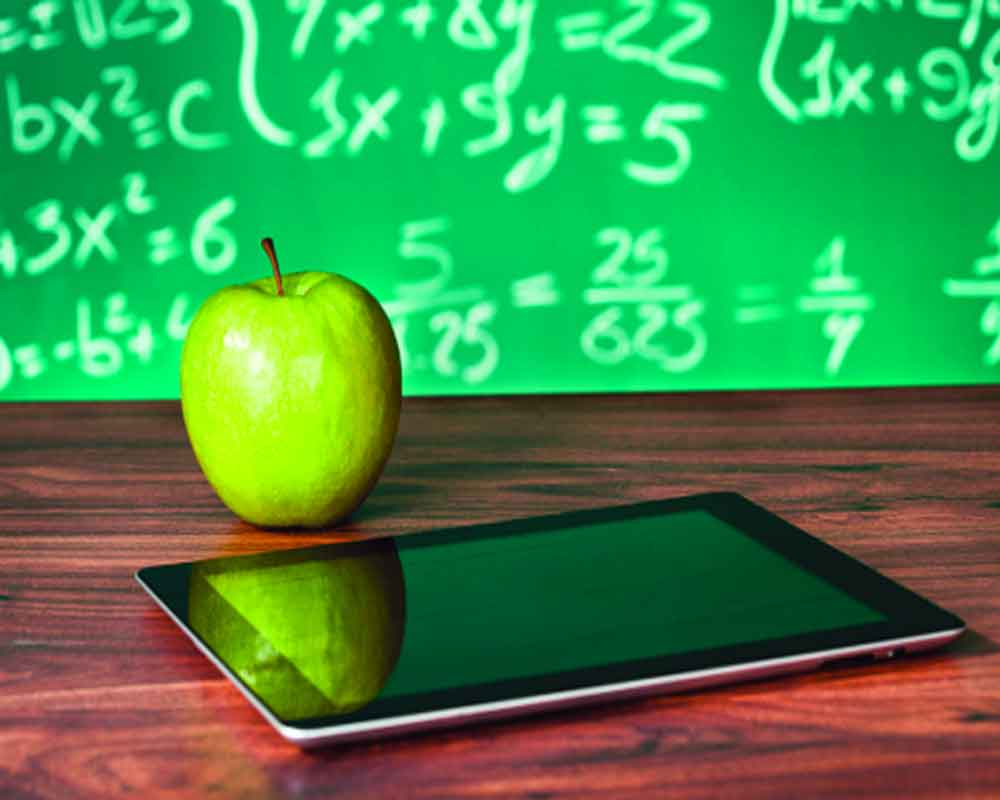It is critical to use relevant tools in teaching through technology as it helps to address a wide range of learners making it more effective, says Prodipta Hore
Teachers work in and outside the classroom: preparing lesson plans, delivering content, creating assignments, grading, monitoring work, etc. Many teachers plan and execute their lessons and assignments professionally, successfully, and energetically. But sometimes, there aren't enough hours in the day or week to ensure that each student gets personalised instruction he/she needs to move to the next level.
If students are given some choices about the content that is being taught, then they feel valued and gain a real sense of connection with the instructor. This when followed by assessments that are goal oriented, actionable and geared mindfully towards developing skills, strengthens students’ approaches towards learning by creating relevant connection between the task and themselves. Mining students’ experiences can bring personal insights to any discussion that hasn’t been thought about. This makes learning truly personal and enriching. It is also noticed, if learning is placed directly into the students’ hands, then they try to craft challenges from real problems to real solutions using ‘Inquiry Based Learning.’
The most effective, and most fun is the concept of peer teaching for the ‘pull-out’ groups. Students are put in charge of their own learning and development lessons which they teach one another. The options are wide open as to how to deliver the information. The flip classroom concept, though it sounds crazy, the students love it when they are incharge. Not only does it develop their communication, leadership and instructive skills but also helps them improve understanding and comprehension. This process makes it interesting for students and they get excited to ask questions and solve doubts, making it truly meaningful. Children should be deemed as producers of knowledge rather than consumers of knowledge. They are not receptacles into which we pour in facts and data from a funnel. Helping them create and value their own experiences engages them and gives them responsibility for their own learning.
Educators must have heard this question from students very often; ‘When will I ever use this in the real world?’ And honestly, teachers should spend more time thinking about this and give a tweak to our lessons to give satisfaction to their students. Thus, relevant and meaningful activities that both engage students emotionally and connect with what they already know are what help build neural connections and long term memory storage. In the world of technology, it is critical to use relevant tools. Teaching through the usage of technology helps to address a wide range of learners and becomes very effective since it offers students the chance to connect to instruction through the tools and networks they find familiar and reassuring. Students require advanced skills that require collaboration with both physical and virtual worlds. Learning becomes more personalised when we give our students lots of room to be their creative selves and use media that speaks to their interest and abilities.
In order to make learning more meaningful we can incorporate real life and relatable examples into our teaching pedagogy. Teachers from various levels of experience and subject backgrounds can collaborate personally or virtually bringing fresh ideas and insights, which often become very effective. There is a quote - ‘Information without emotion is rarely retained’. Not only does it make learning more enjoyable, but also makes it more memorable.
The writer is Programme Director, Aditya Birla Education Academy


























